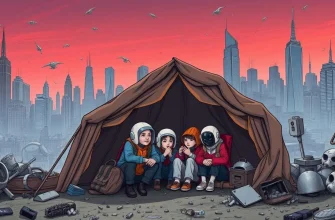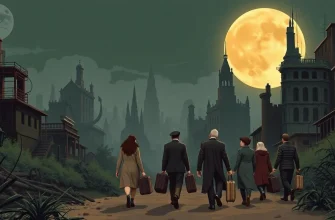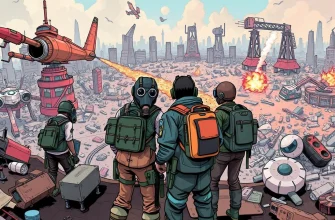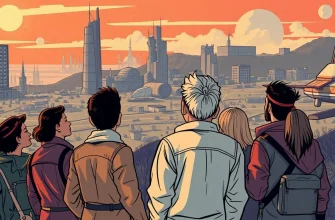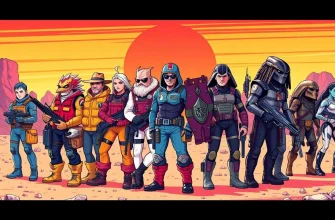If you're a fan of science fiction and the idea of exploring new worlds, this curated list is for you. These films not only take us to distant planets and alternate realities but also delve into the human condition, technology, and the possibilities of what might lie beyond our known universe. Whether it's a utopian society, a dystopian future, or an entirely alien environment, these movies provide a rich tapestry of storytelling that will both entertain and provoke thought about our place in the cosmos.

The Fifth Element (1997)
Description: Set in the 23rd century, this film presents a vibrant, chaotic future where a cab driver becomes embroiled in a cosmic battle to save Earth from an ancient evil.
Fact: The film's unique visual style was inspired by the work of French artist Jean Giraud (Moebius), and it features a cameo by Jean-Paul Gaultier.
 Watch Now
Watch Now
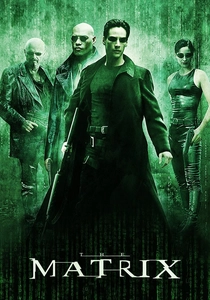
The Matrix (1999)
Description: This film introduces us to a simulated reality created by sentient machines to pacify and subdue the human population. It's a new world where the line between reality and illusion blurs, challenging our perceptions of freedom and control.
Fact: The film's 'bullet time' effect was groundbreaking at the time, and the Wachowskis were inspired by anime, cyberpunk literature, and philosophical concepts.
 Watch Now
Watch Now

Equilibrium (2002)
Description: In a dystopian future where emotions are outlawed, a new world order is maintained through the use of a drug called Prozium. The film explores themes of individuality and resistance.
Fact: The film's gun kata fighting style was created specifically for the movie, blending martial arts with firearms.
 Watch Now
Watch Now

The Island (2005)
Description: This film presents a world where clones are raised in a controlled environment, believing they are survivors of a global catastrophe, only to discover their true purpose.
Fact: The film was inspired by several sources, including the novel 'Brave New World' and the film 'Logan's Run'.
 Watch Now
Watch Now
Avatar (2009)
Description: Set on the lush alien world of Pandora, 'Avatar' explores themes of environmentalism, imperialism, and the clash of cultures, presenting a new world where humans seek to exploit the resources of an indigenous population.
Fact: It was the first film ever to be released in 3D for home viewing, and the Na'vi language was created by linguist Paul Frommer.
 Watch Now
Watch Now

Interstellar (2014)
Description: Christopher Nolan's epic takes us through wormholes to new worlds in search of a new home for humanity, exploring the fabric of space-time and the bonds of family.
Fact: The film's depiction of a black hole was based on real scientific data, and Kip Thorne, a theoretical physicist, was a consultant on the project.
 Watch Now
Watch Now
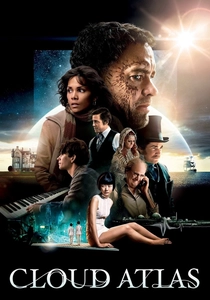
Cloud Atlas (2012)
Description: This ambitious film weaves together multiple stories across time, showing how actions in one era can influence the future, creating a tapestry of interconnected new worlds.
Fact: The film's actors played multiple roles across different time periods, requiring extensive makeup and costume changes.
 Watch Now
Watch Now

Elysium (2013)
Description: Set in the year 2154, 'Elysium' depicts a world where the wealthy live on a luxurious space station while the rest of humanity lives on a ruined Earth, exploring themes of class division and healthcare.
Fact: The film's title 'Elysium' refers to the Elysian Fields in Greek mythology, a paradise for the virtuous dead.
 Watch Now
Watch Now
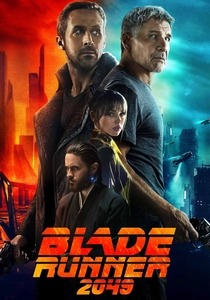
Blade Runner 2049 (2017)
Description: A sequel to the iconic 'Blade Runner', this film expands the universe with a new world where artificial beings question their existence and humanity's role in their creation.
Fact: The film's production design was so detailed that it took over 18 months to build the sets, and the film was shot in 4K resolution.
 Watch Now
Watch Now

Wall-E (2008)
Description: Pixar's animated masterpiece shows us a future where Earth is abandoned, and a lonely robot named WALL-E discovers a new purpose on a spaceship, introducing us to a new world of human complacency and environmental neglect.
Fact: The film has no dialogue for the first 39 minutes, relying on visual storytelling, and it took over 6 years to make.
 30 Days Free
30 Days Free


